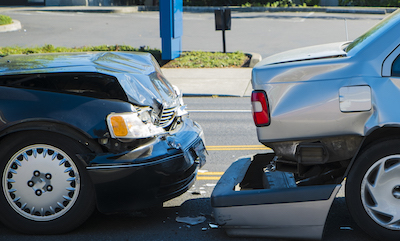Car Occupants More Likely Than Pedestrians to Have Heart Failure or Stroke After Collision.
 Being an occupant in an automobile during a motor vehicle accident may lead to greater risk of heart failure or stroke, as compared to pedestrians who are involved in motor vehicle accidents, according to a new study by School of Public Health and School of Medicine researchers.
Being an occupant in an automobile during a motor vehicle accident may lead to greater risk of heart failure or stroke, as compared to pedestrians who are involved in motor vehicle accidents, according to a new study by School of Public Health and School of Medicine researchers.
The study, published in the American Journal of Epidemiology, found that, among older adults, the risk of heart failure 180 days after a crash was 48 percent higher for motor vehicle occupants than pedestrians, and the risk of stroke was almost three times greater for vehicle occupants than pedestrians.
“If this relationship holds true, we may be able to prevent occurrences of heart failure and stroke by screening older patients involved in motor vehicle crashes, particularly among those without a history of cardiovascular diseases,” says study lead author Bindu Kalesan, assistant professor of community health sciences at SPH and of preventive medicine & epidemiology at MED.
Using US hospitalization data from 2013 and 2014, Kalesan and her colleagues compared people over 65 years old who were in a motor vehicle crash as a vehicle occupant with those who were hit by a vehicle as a pedestrian. Then they assessed whether vehicle occupants and pedestrians were re-hospitalized for heart failure or stroke in the six months after they were discharged.
They found that, compared to the pedestrians, the risk of heart failure for occupants was increased during 30 and 180 days of follow up, while the risk of stroke occurred during the 180-day follow up period. The researchers also used Danish hospitalization data to confirm these findings and were able to demonstrate a similar risk.
“Although the risk of heart failure and stroke is modest in older people, these findings are important with respect to an increasingly large aging population on the road, who are also at risk of motor vehicle crashes,” Kalesan says.
As a health issue, injury generally has not garnered interest comparable to chronic diseases such as cancer and cardiovascular disease, Kalesan says. “Now, we found that a physical injury may lead to a chronic disease that may require further treatment, suggesting a pathway from injury to chronic diseases,” she says. “We have to know more about what happens to those who develop heart failure or stroke after being involved in a motor vehicle crash.”